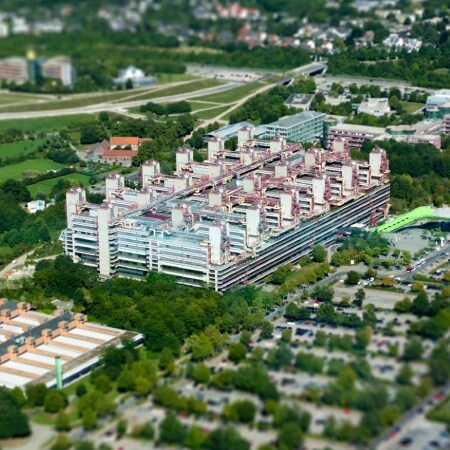About the disease
Bronchiectasis is a disease that affects the bronchial tubes by making them larger than they should be, leading to irreversible damage in some cases. If the bronchial tubes become damaged, the lungs become more susceptible to bacterial infection and can cause a build up of mucus. The worst complication of bronchiectasis is lung blockage, which can result in the patient having breathing difficulties. Not getting enough oxygen has a detrimental effect on other parts of the patient’s body.
Bronchiectasis is a treatable disease, but it cannot be fully cured. The patient may experience episodes throughout the course of their life where the condition flares up again. In other to prevent a flare-up in the future, the patient can arrange to undergo special preventative treatments, such as repeated imaging tests, which help the doctor to understand the dynamics of the patient’s bronchial tubes.
Bronchiectasis usually develops as a result of a serious infection. For example, bacterial infections, such as tuberculosis, or cystic fibrosis can cause bronchiectasis. According to Healthline, approximately 30% of all bronchiectasis cases are a result of cystic fibrosis, which is characterized by a chronic accumulation of mucus in the lungs and is considered to be a hereditary condition.
Symptoms
- Constant coughing (with blood sometimes)
- Wheezing
- Shortness of breath
- Sneezing
- Blue skin
- Dizziness
- Fatigue
- Weight loss
- Previous infections
Diagnosis
- During a general examination, the doctor will listen to the lungs with a stethoscope to detect any possible wheezing or murmurs in the lungs. Such sounds can indicate that the air passageway to the lungs is blocked.
- A sputum test is often used to diagnose bronchiectasis, as it checks the mucous for signs of infection. It can also detect cystic fibrosis.
- An X-ray and other imaging tests are primarily used to determine whether the airways to the lungs are blocked and if bronchiectasis has damaged the lungs in any way.
Treatment
- Conservative treatment is usually enough to fight the infection and to prevent any further complications. Once the flare-up has been abated, it is important to prevent any further infections from developing and to keep bronchiectasis at bay. An oxygen breathing mask may also be used if the patient is not able to breathe well while suffering from the infection.
- If there is evidence of bleeding in the lung, surgery may be required, such as a minimally invasive segmental resection or lobectomy. This is a surgical procedure whereby the affected part of the lung is removed. The accumulated mucus in the lungs is also removed, as much as possible.
Authors: Dr. Vadim Zhiliuk, Dr. Sergey Pashchenko




















